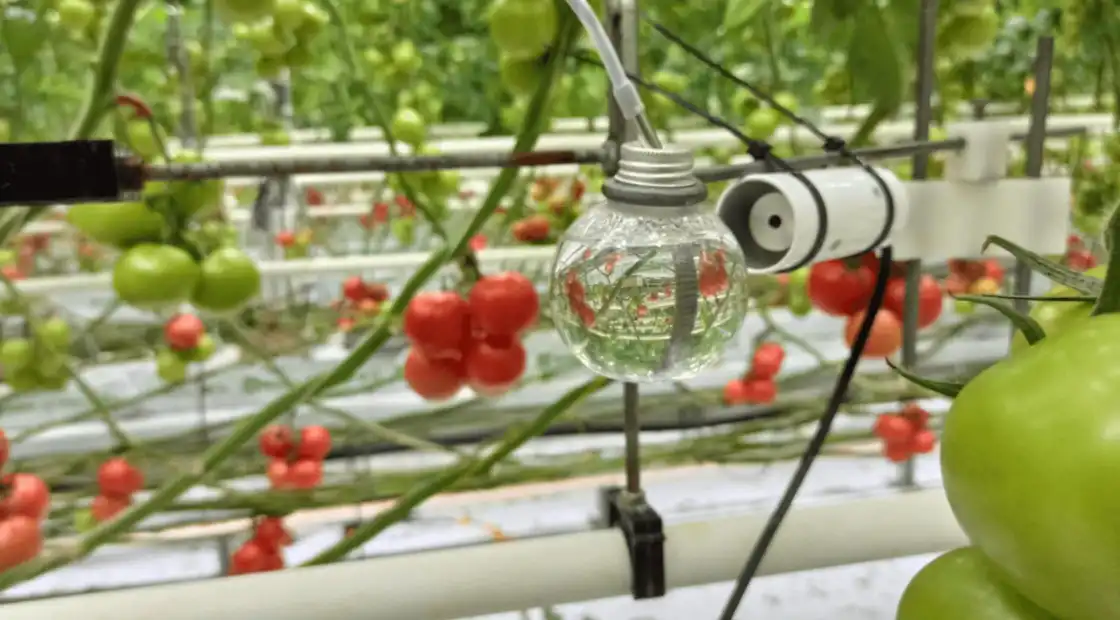Greenhouse energy optimization: challenges and technical solutions

The energy challenges facing greenhouse crops
This talk, presented by CTIFL at SIVAL 2025, highlighted the challenges of energy consumption in greenhouses. Energy is a major expense, impacting productivity, crop quality and health management. In view of the need to reduce energy consumption and decarbonize agriculture, optimizing equipment and using alternative energies are becoming essential solutions.
A life-cycle analysis carried out on greenhouse tomatoes and cucumbers assessed their environmental footprint, including all inputs and production factors. The study showed that 75% of greenhouse gas emissions come from heating, followed by CO2 injection and the structure of the greenhouse itself. The transition to alternative energy sources, such as biomass or waste energy recovered from industry, could reduce these emissions by up to 80%.
Innovations and strategies to reduce energy consumption
The equipment and strategies studied include climate screens, which optimize thermal insulation and reduce energy costs by 20-30%. A double screen can increase these savings by 10-15%, for a relatively modest investment. Different types of screens exist, each with an impact on brightness, thermal insulation and humidity management inside the greenhouse.
An approach based on temperature integration has also been tested on cucumber crops. This strategy involves adapting heating setpoints according to outdoor weather conditions to reduce consumption without negatively impacting yields. Trials have shown energy savings of up to 36%, although certain production periods present additional challenges, particularly in terms of earliness and microclimate regulation.
Future prospects and control system modeling
Future developments include the optimization of greenhouse control systems using digital tools and dynamic modeling. An approach integrating artificial intelligence and precise equipment control would enable improved management of temperature, ventilation and CO2 inputs to maximize energy efficiency. A modeling study showed that optimizing climate strategies could generate substantial savings while maintaining competitive production yields.
A major project launched in 2024 aims to develop decision-support tools for growers, providing them with greater visibility over their energy costs and growing strategies. These technological innovations could transform greenhouse energy management and boost the competitiveness of Sectors specializing in crops grown under cover.
Speakers
ETIENNE CHANTOISEAU - Senior Lecturer - Institut Agro Rennes-Angers
Landry ROSSDEUTSCH - DSPA Unit Manager - CTIFL
Ariane GRISEY - Engineer in charge of the Environment and Energy unit - CTIFL
Adrien MIMAULT - Experimental engineer - CTIFL
Henry Freulon - innovation - Veg'up - VEGEPOLYS VALLEY